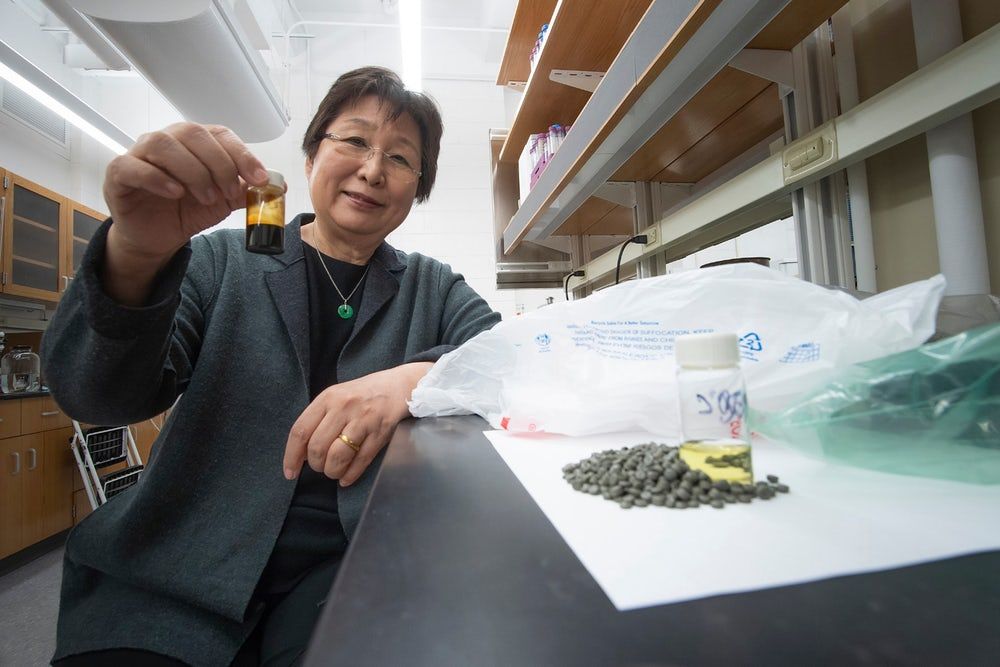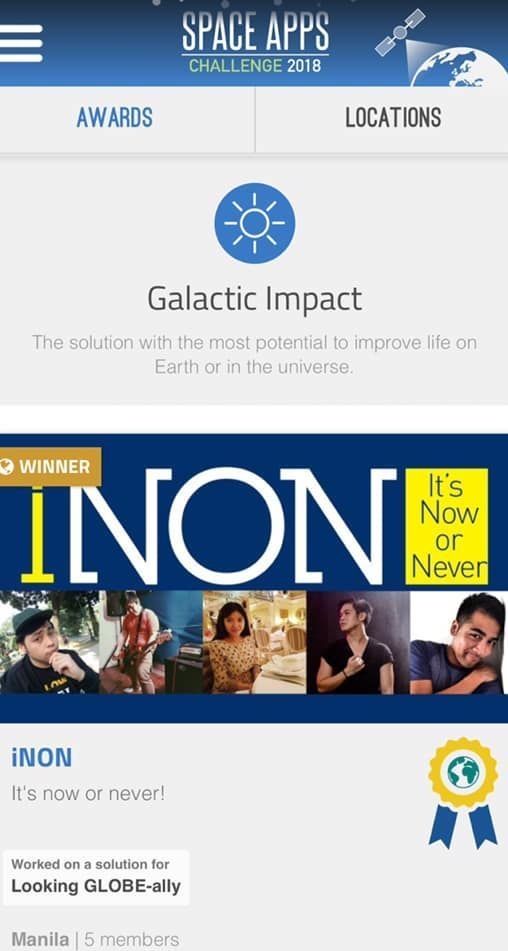How will artificial intelligence, molecular manufacturing, biological engineering and distributed additive manufacturing change the economics of the production of goods and services?



However, when astronomers add up all the mass of normal matter in the universe, a third of it can’t be found. (This missing matter is distinct from the still-mysterious dark matter.) However, the matter might be contained in gigantic strands of hot gas in intergalactic space, which are invisible to optical light telescopes. Data from Chandra X-ray Observatory and other telescopes are on the case: https://go.nasa.gov/2N7nWj6

The genetic and cellular alterations that define cancer provide the immune system with the means to generate T cell responses that recognize and eradicate cancer cells. However, elimination of cancer by T cells is only one step in the Cancer-Immunity Cycle, which manages the delicate balance between the recognition of nonself and the prevention of autoimmunity. Identification of cancer cell T cell inhibitory signals, including PD-L1, has prompted the development of a new class of cancer immunotherapy that specifically hinders immune effector inhibition, reinvigorating and potentially expanding preexisting anticancer immune responses. The presence of suppressive factors in the tumor microenvironment may explain the limited activity observed with previous immune-based therapies and why these therapies may be more effective in combination with agents that target other steps of the cycle. Emerging clinical data suggest that cancer immunotherapy is likely to become a key part of the clinical management of cancer.

Genetic, epidemiologic, and biochemical evidence suggests that predisposition to Alzheimer’s disease (AD) may arise from altered cholesterol metabolism, although the molecular pathways that may link cholesterol to AD phenotypes are only partially understood. Here, we perform a phenotypic screen for pTau accumulation in AD-patient iPSC-derived neurons and identify cholesteryl esters (CE), the storage product of excess cholesterol, as upstream regulators of Tau early during AD development. Using isogenic induced pluripotent stem cell (iPSC) lines carrying mutations in the cholesterol-binding domain of APP or APP null alleles, we found that while CE also regulate Aβ secretion, the effects of CE on Tau and Aβ are mediated independent pathways. Efficacy and toxicity screening in iPSC- derived astrocytes and neurons showed that allosteric activation of CYP46A1 lowers CE specifically in neurons and is well tolerated by astrocytes. These data reveal that CE independently regulate Tau and Aβ and identify a druggable CYP46A1-CE-Tau axis in AD.
Van der Kant et al. performed a repurposing drug screen in iPSC-derived AD neurons and identified compounds that reduce aberrant accumulation of phosphorylated Tau (pTau). Reduction of cholesteryl ester levels or allosteric activation of CYP46A1 by lead compounds enhanced pTau degradation independently of APP and Aβ.

A new chemical process could turn about 90% of the world’s grocery bags, shrink wrap, and other polypropylene waste into clean fuel.
Grocery bags and other trash could be melted down to yield useful products like oil and gas.
The problem: The world’s landfill sites and oceans are being flooded with plastic. A mere 9% of the 8.3 billion tons of plastic produced over the last 65 years has been recycled, according to the United Nations. Over eight million tons of plastic flow into our oceans every year, harming wildlife.
How it works: The technology works on polyolefin waste, the sort of plastic used for grocery bags, toys, and shrink wrap. This sort of plastic accounts for about 23% of plastic waste, according to researchers who describe the process in a paper published in Sustainable Chemistry and Engineering. The new technique uses a process called hydrothermal liquefaction, in which very high temperatures melt pellets of polyolefin and then dissolve them in water. The by-products of this process are oil, gas, or solvents.
Une belle avancée pour augmenter considérablement le nombre de greffons disponibles pour les transplantations!
Via Explore Science
Transmedics, a machine that allows “Revive” a heart that has stopped beating. A great advance to significantly increase the number of plugins available for transplants! Via @[1382701505100571:274:Explore Science].

The derivation of human embryonic stem cells (hESCs) and the stunning discovery that somatic cells can be reprogrammed into human induced pluripotent stem cells (hiPSCs) holds the promise to revolutionize biomedical research and regenerative medicine. In this Review, we focus on disorders of the central nervous system and explore how advances in human pluripotent stem cells (hPSCs) coincide with evolutions in genome engineering and genomic technologies to provide realistic opportunities to tackle some of the most devastating complex disorders.
Advances in stem cell biology are paving new paths toward their use in the clinic, especially toward understanding and treating neurological and neurodegenerative disease.

Harnessing an antitumor immune response has been a fundamental strategy in cancer immunotherapy. For over a century, efforts have primarily focused on amplifying immune activation mechanisms that are employed by humans to eliminate invaders such as viruses and bacteria. This “immune enhancement” strategy often results in rare objective responses and frequent immune-related adverse events (irAEs). However, in the last decade, cancer immunotherapies targeting the B7-H1/PD-1 pathway (anti-PD therapy), have achieved higher objective response rates in patients with much fewer irAEs.
This Perspective discusses the concept of immune normalization and how its underlying principles may help to augment, as well as design, cancer immunotherapies.

Finland knows it doesn’t have the resources to compete with China or the United States for artificial intelligence supremacy, so it’s trying to outsmart them. “People are comparing this to electricity – it touches every single sector of human life,” says Nokia chairman Risto Siilasmaa. From its foundations as a pulp mill 153 years ago, Nokia is now one of the companies helping to drive a very quiet, very Finnish AI revolution.
The small Nordic country is betting on education to give it a decisive edge in the age of AI.

This is proof that even technology needs a heart.” #SpaceApps #SpaceAppsPH http://verafiles.org/articles/isdapp-filipino-it-experts-win…-challenge
An app developed by a group of Filipino information technology professionals to assist local fishermen in their daily work has been named one of six global winners in the NASA Space Challenge, an announcement made on Feb. 16 said.
The much-awaited announcement was delayed for weeks because of the U.S. federal government shutdown.
ISDApp, an app that would enable fishermen to receive scientific data without Internet connection, was declared winner in the “Galactic Impact” category besting co-finalists from, India, Italy, Romania, and Slovenia.